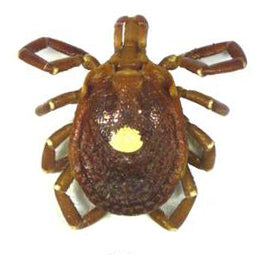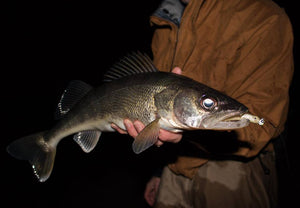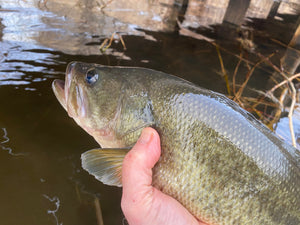WATCH OUT FOR TICKS!

Likely aided by a warm winter, a bumper crop of ticks seems to already be out in force this spring, especially on the eastern end of Long Island. The evil, eight-legged carriers of Lyme disease, Rocky Mountain spotted fever, babesiosis and other illnesses come in several varieties, the most common being deer ticks (blacklegged), dog ticks. Adding more worries, several species of invasive ticks from other areas are now becoming established along our coast including the lone star tick, Asian longhorned tick and Gulf Coast tick.

Still, it’s the deer tick that causes the most problems these days because it is well established, can carry Lyme disease and is small enough to be easily missed even if you do a prudent body check after a day afield. In fact, according to the Center For Vector Biology and Zoonotic Diseases at the Connecticut Agricultural Experiment Station across the Long Island Sound in New Haven, which collected and studied more than 2,000 deer ticks in the Nutmeg State in 2019, 46 percent carry the Lyme disease pathogen Borrelia burgdorferi and 13 percent also carried Babesia microti, which causes babesia, a life-threatening infection of the red blood cells in humans.

Serious hikers, birders and other outdoors lovers seem to be well-versed in avoiding tick bites but boaters, surf casters and bank fishermen are sometimes surprised when bitten by these dreadful critters. Many think of ticks as being forest dwellers and, of little concern along the beach or your favorite lake shore or stream edge. The problem is that these pests inhabit coastal areas, too, especially remote stretches where anglers love to explore. You’ll find them living right up to edge of salt marshes, in the phragmites and tall grasses that border rivers and tidal creeks, in the shrubbery and gardens at your local marina and, especially, in the beach grass of sand dunes. Expect to find ticks in virtually and calve-high or taller grass here on Long Island. Especially high tick counts often occur in areas frequented by deer, but keep in mind the little pests are also transported by mice and most other small rodents – the point being to always be on guard.
If you live the outdoor lifestyle to any degree, it’s important to know the basic symptoms of tick-related illnesses because the sooner you start treatment for any of them, the better. Watch for headaches, muscle soreness or stiffness and flu-like symptoms. If you know you've been bitten by a tick and exhibit any of these signs -- or the classic bull's-eye pattern rash associated with Lyme disease (not always present) -- visit the doctor right away.

As for avoiding ticks, stay on well-defined trails and avoid walking though high grass whenever possible. Pull your sock tops over your pant cuffs as high as they will go and wear long sleeves with tight-fitting cuffs if the weather isn't prohibitively hot. Use either a DEET or permethrin-based repellent. DEET sprays and lotions can be used on exposed skin while permethrin sprays are used only on clothing. DEET deters ticks, permethrin kills them on contact.
Lastly, perform frequent body checks for ticks, particularly if you’ve hiked in vegetated sand dunes and end your day with an extremely hot shower -- the hottest you can tolerate. This can prompt ticks that are still hiding on your body but have yet to dig in to hop off.
-The White Water Staff
- Bryce Poyer






